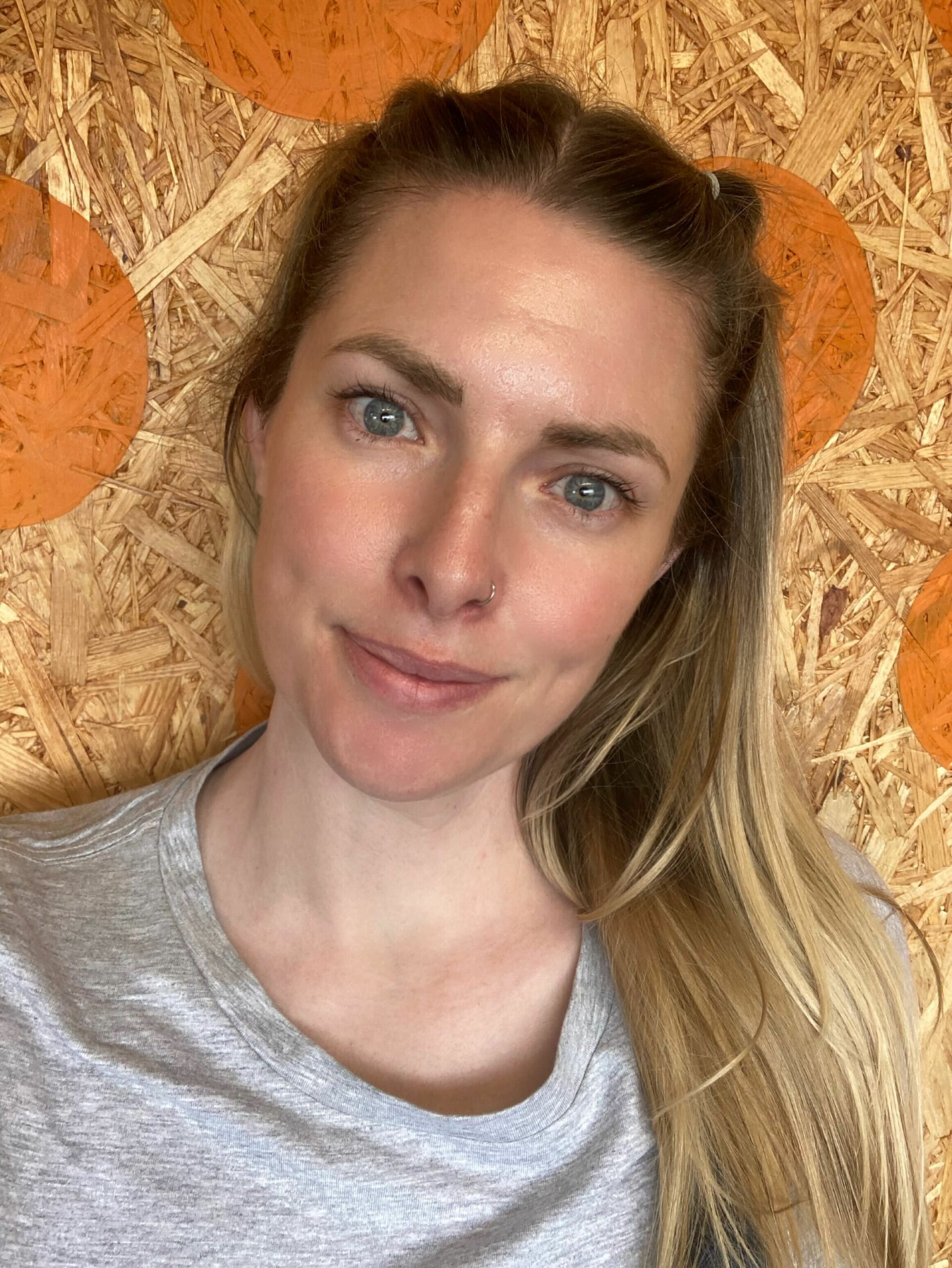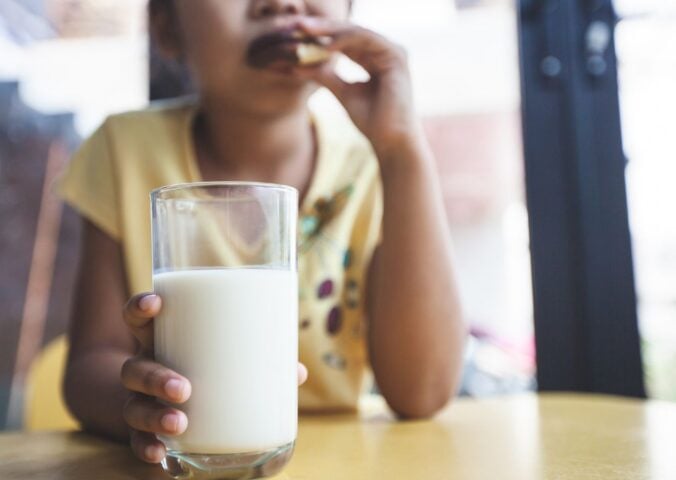Foot and mouth disease (FMD) is spreading in Indonesia, leading to fears of livestock sector paralysis.
Since the first outbreak was reported at the beginning of May, more than 450,000 cases have been confirmed. Experts suggest that Indonesia is struggling to contain the virus due to a lack of effective vaccination programs. That, and its non-unified livestock sector.
Government officials aim to have the outbreak under control by the end of the year. They cite their previous success in 1986 when it was declared FMD-free by the World Health Organization in support.
The new outbreak is Indonesia’s first since the 1980s. It comes as the country is also dealing with the spread of Lumpy Skin Disease in its cattle.
What is foot and mouth disease?
Dubbed the “most feared livestock disease,” FMD is a highly contagious viral infection that is uniquely resistant to environmental change. It can survive on inanimate objects until it encounters a suitable living host.
The virus is transferable via clothing, transport, feed, and even livestock products, like meat.
The fact that so many things can become contaminated means the disease is very hard to eradicate.
The virus affects all cloven-hoofed animals, including cattle, deer, pigs, goats, and sheep. It does not, however, infect horses or zebras.
Infected animals develop blisters, which frequently rupture and turn into excruciating lesions. Animals are unable to walk or eat and begin to drool.
Few animals die from the virus, despite many being infected. However, in a bid to prevent the disease from spreading, many are forcibly slaughtered.
The Indonesian government launched a vaccination rollout in mid-June, with almost one million (992,000) livestock treated by August 4.
However, 7,702 animals have been killed and a further 4,847 are reported to have died from FMD directly.
Is human health at risk?
Despite FMD being carried both in living animals and meat and dairy products, it is not considered a risk to human health. Cases of animal-to-human transmission are rare, but the risk can be reduced even further by limiting the consumption of animal-based products.
“Disease in humans has been reported mainly in connection with the consumption of unpasteurized milk, dairy or unprocessed meat products from infected animals or as a result of direct contact with infected animals,” the European Centre for Disease Prevention and Control states.
Other methods of transmission include infection through open skin wounds by handling diseased animals, or through the mouth lining by drinking infected milk.
For those who do contract the virus, it presents itself through bodily blisters, a sore throat, and a fever with symptoms lasting around a week.
No human-to-human transmission has ever been recorded. It is in no way connected to the vastly more common hand, foot, and mouth disease.
Animal agriculture: a breeding ground for disease
Climate experts have recommended an immediate shift away from animal agriculture as a means to reduce greenhouse gas emissions. However, another consequence could be a tangible reduction in zoonotic diseases.
Despite evidence that demonstrates a link between animal agriculture and the development and spread of infectious diseases, consumers are still relatively in the dark.
Recent outbreaks of bird flu have shone a light on increasing risks to human health. It is rare for humans to catch the disease. But earlier this year, a human case of avian flu was detected in the UK.
Activists have floated the theory that zoonotic diseases would not be as prevalent if animals were allowed to live their lives in peace and in their natural habitats.
“There are 24 billion chickens in the world – more than three birds for every single person on the planet,” said Juliet Gellatley, founder and director of animal rights organization Viva! “Whichever way you look at it, domesticated poultry are massively over-represented among the world’s bird population.”
Will Indonesia’s livestock sector survive?
Indonesia’s beef demand currently outweighs the country’s production capacity, with only 45 percent being farmed domestically. This is expected to fall due to a lack of effective vaccination rollout, underpinned by a shortage of qualified people to administer the injections.
More than 6.5 million rural farmers depend on around 16.6 million cattle for income. Despite the government initiating a forced slaughter compensation scheme, experts fear it will not adequately cover losses. This could force farmers to search for alternative work away from animal agriculture.
Professor Peter Windsor, a livestock health expert from the University of Sydney, doubts that reported infection numbers are accurate, meaning the impact could be worse than already feared.
“They say about half a million animals infected but you can probably put another zero on the end of that because we know the levels of reporting are always low,” he told The Guardian.






